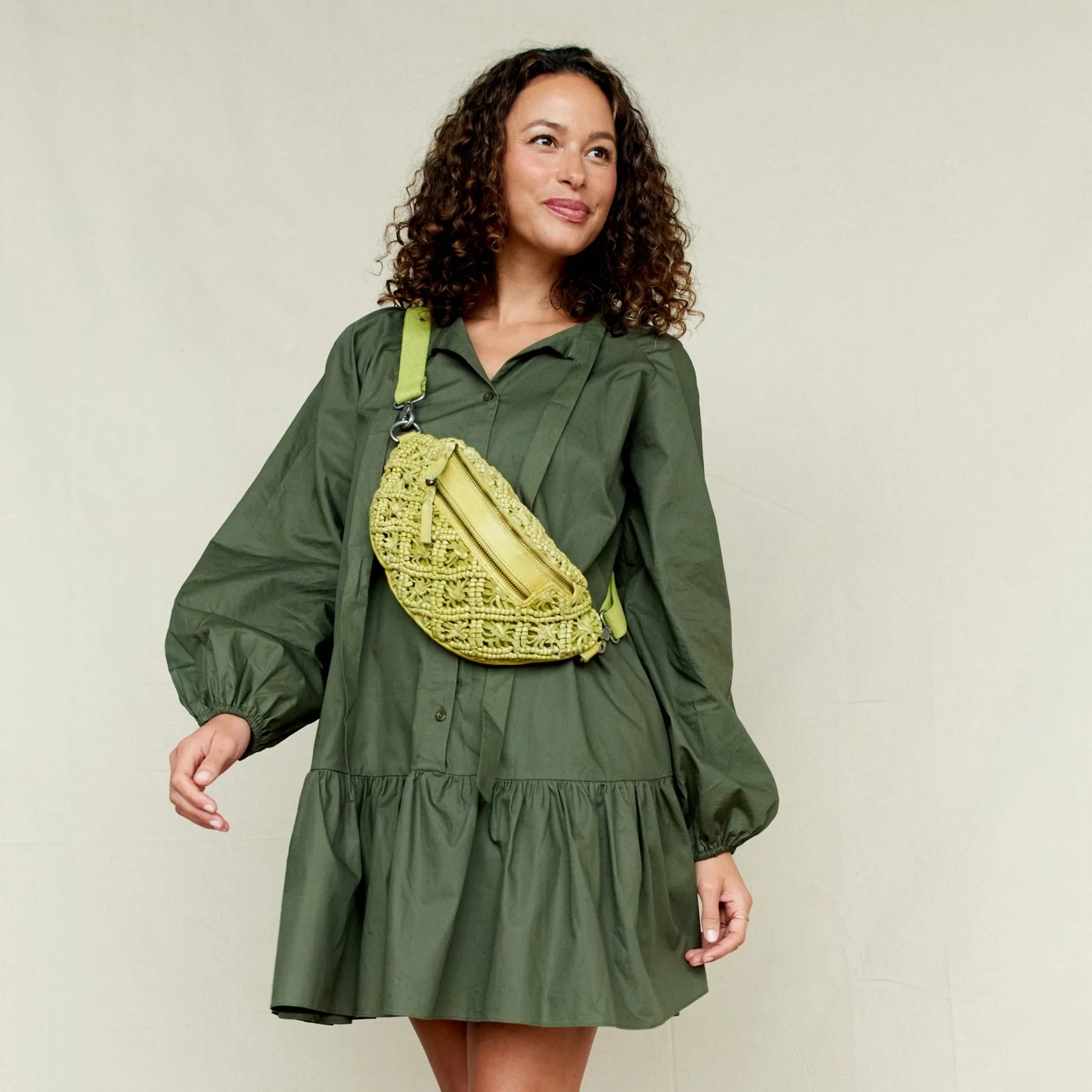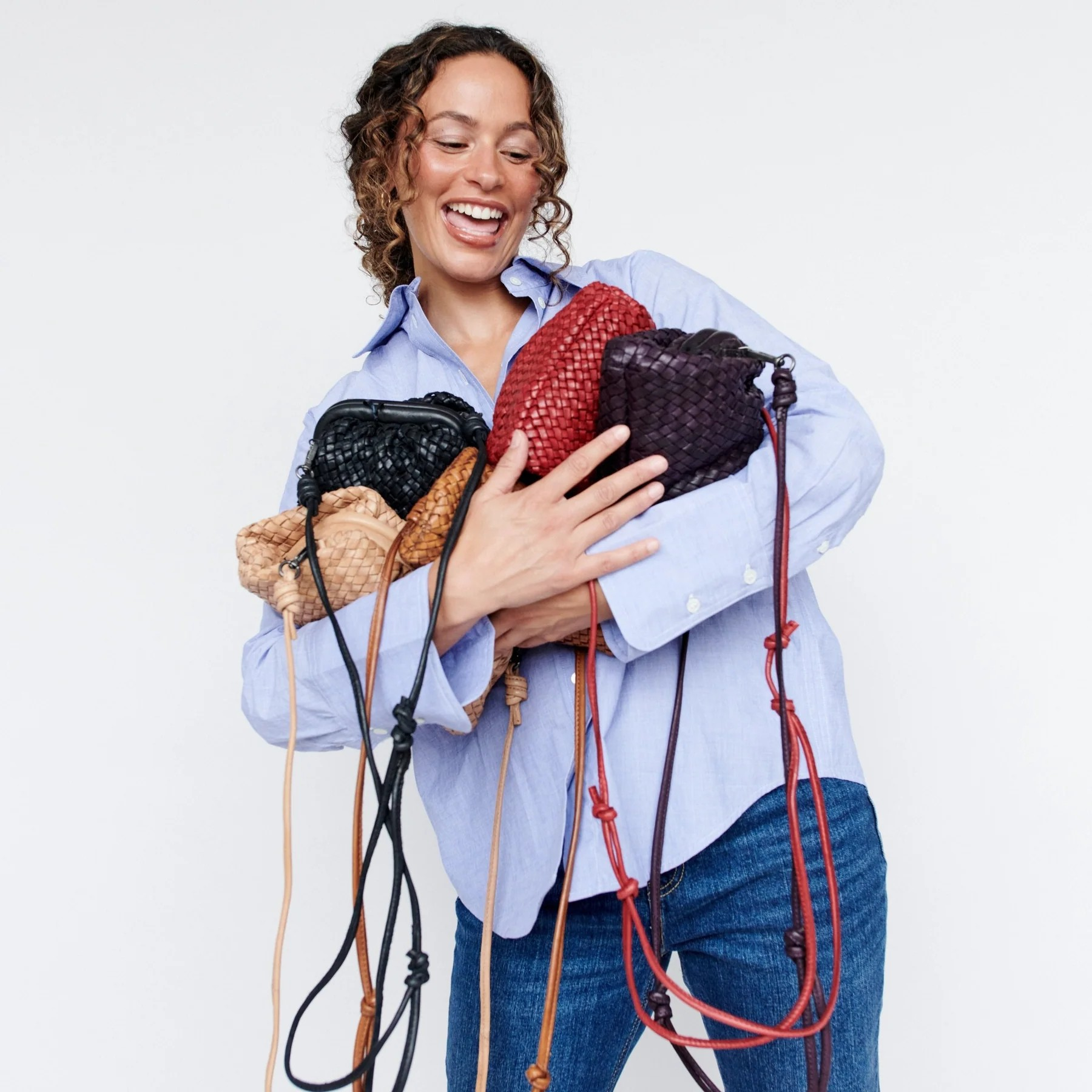
How to Get Rid of Mold on Leather
Have you found some funky, fuzzy mold spots on your leather bag? Don't panic.
Mold growth on leather is more common than you might think, especially in humid environments or when leather items are stored improperly.
The great news is that most leather items can be rescued with the right cleaning approach.
Whether it's your go-to crossbody, trusted tote, or stylish leather wallet, we'll explain how you can get rid of mold on leather in five easy steps. We'll also share practical tips to prevent mold growth in the first place, and when it might be time to call in professional leather cleaners.
Ready? Let's go.
Safety, First
Mold spores can cause respiratory issues, allergic reactions, and other health problems, especially for those with compromised immune systems or existing respiratory conditions.
To protect yourself when handling moldy leather goods, use:
-
Rubber gloves
-
A face mask
-
Safety goggles
-
Long sleeve clothing
It's a good idea to clean your leather goods outside or in a well-ventilated room with open windows and fans. This reduces your risk of inhaling mold spores and prevents them from spreading indoors.
Now, let's move on to what you came here for: how to get rid of mold on leather.

How to Clean Mold Off Leather: A Step-by-Step Guide
Here's a practical five-step method for safely removing mold from your leather belongings, complete with a list of supplies and important things to avoid throughout the process.
What you'll need
-
Leather cleaner or mild soap
-
Clean water
-
Soft brush or cloth
-
Rubbing alcohol
-
White vinegar and/or lemon juice
-
Leather conditioner
-
Safety items (mentioned above)
Step 1: Remove loose mold spores
Using a soft brush, gently brush away any surface mold. This prevents mold growth from spreading and prepares the area for deeper cleaning.
Top tip: If your moldy leather bag has been stored near other items like blankets or shoes, it’s best to clean those too - just in case.
Step 2: Clean the mold
This is where you eliminate the mold growth at its source. There are a few cleaning solutions you can use:
-
Mild soap: Mix a few drops of mild detergent (like dish soap) with cold water. This cleaning method also works well for oil stains.
-
White vinegar: Mix equal parts of vinegar and water. Vinegar's acidity naturally kills mold, and it's a great cleaning solution to remove sunscreen on leather goods, too!
-
Rubbing alcohol: Combine equal parts of rubbing alcohol and water to disinfect the area naturally.
-
Lemon juice: Dilute fresh lemon juice with water and wipe the affected area gently.
-
Shop-bought leather cleaner: Follow the manufacturer's instructions.
Application
Regardless of which cleaning solution you use, apply it to the moldy area following the same principles:
-
Test the cleaning solution on a small, inconspicuous area first.
-
Dip a clean soft cloth, sponge, or soft-bristled brush into the solution (it should be damp, not soaking).
-
Gently wipe the affected area using small circular movements.
-
Use cotton balls/swabs for small, intricate areas.
Top tip: Avoid saturating the leather items - less is more!
Step 3: Rinse and remove residue
Using a separate damp cloth, wipe away any remaining cleaning solution from the surface of your leather items. This prevents the solutions from drying on the leather and potentially causing damage.
Step 4: Dry properly
Pat the leather dry with a clean cloth or white towel, then allow it to air dry completely in a well-ventilated area away from direct sunlight or heat sources.
Here are a few drying tips:
-
Avoid using heat sources like hairdryers and/or heaters.
-
For structured leather bags, stuff the bag with clean white paper to maintain its shape.
-
Hang leather clothes on a hanger or lay flat to dry.
-
Allow items to dry completely for roughly 24-48 hours.
Step 5: Use a leather conditioner
Once the item is completely dry, apply a good-quality leather conditioner to restore moisture and flexibility. This step is super important because cleaning solutions can strip natural oils from the cowhide, causing cracks and damage over time.
All of these leather cleaning tips can be used to remove surface mold from leather furniture, bags, wallets, shoes, or jackets.
Things to avoid
While cleaning mold from leather items is generally manageable, certain mistakes can cause permanent damage during the cleaning process:
-
Harsh chemicals such as chlorine bleach or hydrogen peroxide solutions are far too harsh for the leather surface and can cause permanent damage.
-
Plastic storage bags trap moisture and can lead to excessive mold growth.
-
Storing wet leather can also cause mold growth, so always allow leather items to dry completely before packing them away.
-
Heat sources like heaters, direct sunlight, or hairdryers can cause the leather to crack.
-
Oversaturating the affected area with too much water worsens the problem.
-
Poor storage areas, especially those affected by humidity or wide temperature fluctuations, can also damage your leather goods.

How to Prevent Mold Growth
Prevention beats treatment every time.
Here are three ways to prevent mold from making a comeback:
1. Store correctly
Cleaning your leather goods is half the battle won; storing them correctly wins the rest and helps prevent mold growth from making a return.
Here are a few smart storage tips:
-
Store in a cool, dry place with good air circulation.
-
Use breathable dust bags instead of plastic packets (as these can trap moisture).
-
Avoid overcrowding your storage area to avoid distortion.
-
Consider using silica gel packs to absorb excess moisture.
-
Check your leather items regularly and clean as needed.
Visit our website for more information about how to store your leather goods.
2. Environment control
Avoid storing your leather products in damp or humid environments, like basements or attics. These conditions can cause mold growth.
It's best to keep humidity levels below 60% if possible and ensure proper ventilation in storage spaces. Also, don't store leather goods in areas with extreme temperature fluctuations.
3. Regular maintenance
No matter what type of leather item you have, consistent care keeps mold stains at bay.
We recommend inspecting your leather jackets, shoes, furniture, and bags on a monthly basis for early signs of mold stains and growth, especially in humid seasons. Wiping the items down frequently with a dry cloth after each use is also advisable.
When to Call in the Professionals
Sometimes, despite your best efforts, you might have to get professional help to sort out your mold problem. Consider professional leather restoration services when:
-
The mold covers more than 30% of the item.
-
You're dealing with valuable or sentimental items.
-
There is significant damage or mold discoloration.
-
You have health concerns about handling moldy goods.
-
You've tried removing the mold, but no treatment has worked.
Ever wondered if you can dry clean a leather bag? Find out more on our website.
FAQs
Can you remove mold from leather with baking soda?
Yes, a baking soda cleaning solution can effectively remove mold from leather.
Can you clean mold off leather with vinegar?
Yes, white vinegar can be used to clean mold off leather goods. Its natural acidity also helps neutralize unpleasant odors.
Are moldy leather items ruined?
When mold appears on leather items, they are not necessarily ruined, but the mold can cause significant damage if it's not addressed quickly.
Final Thoughts
So, there you have it: a quick rundown on how to get rid of mold on leather in five easy steps.
With the right cleaning approach and a bit of patience, you can rescue most leather items and get them back to their gorgeous selves in no time.
Whether you prefer hands-free crossbody bags or structured shoulder bags, premium full-grain leather is definitely worth protecting.
If you're looking to add more buttery soft leather bags to your collection, check out Latico Leather's best sellers that stand the test of time!

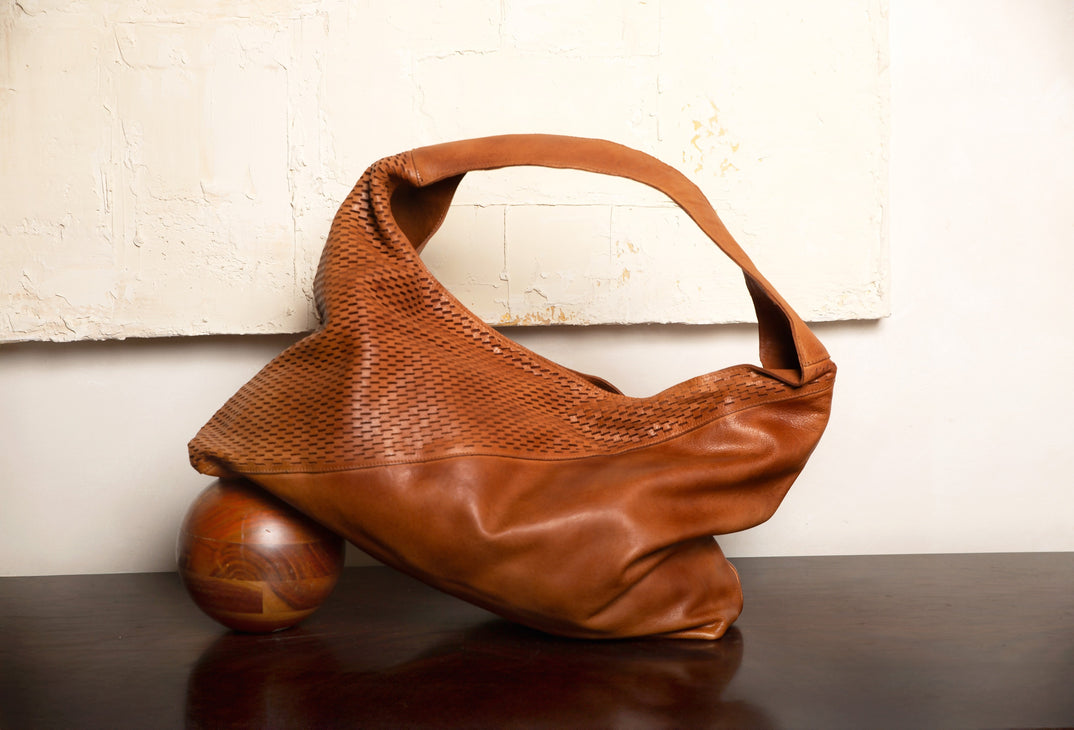
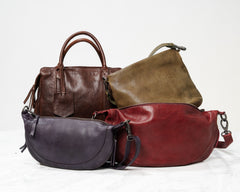
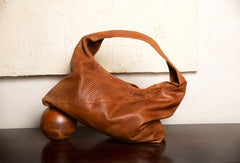
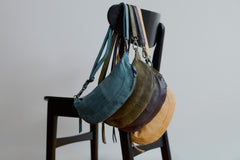
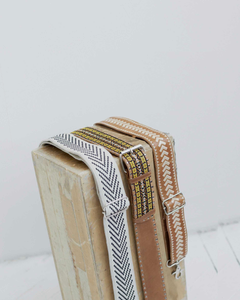
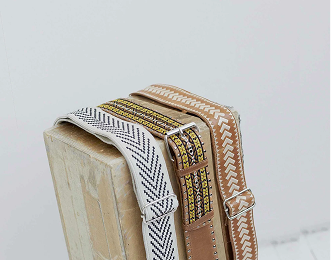
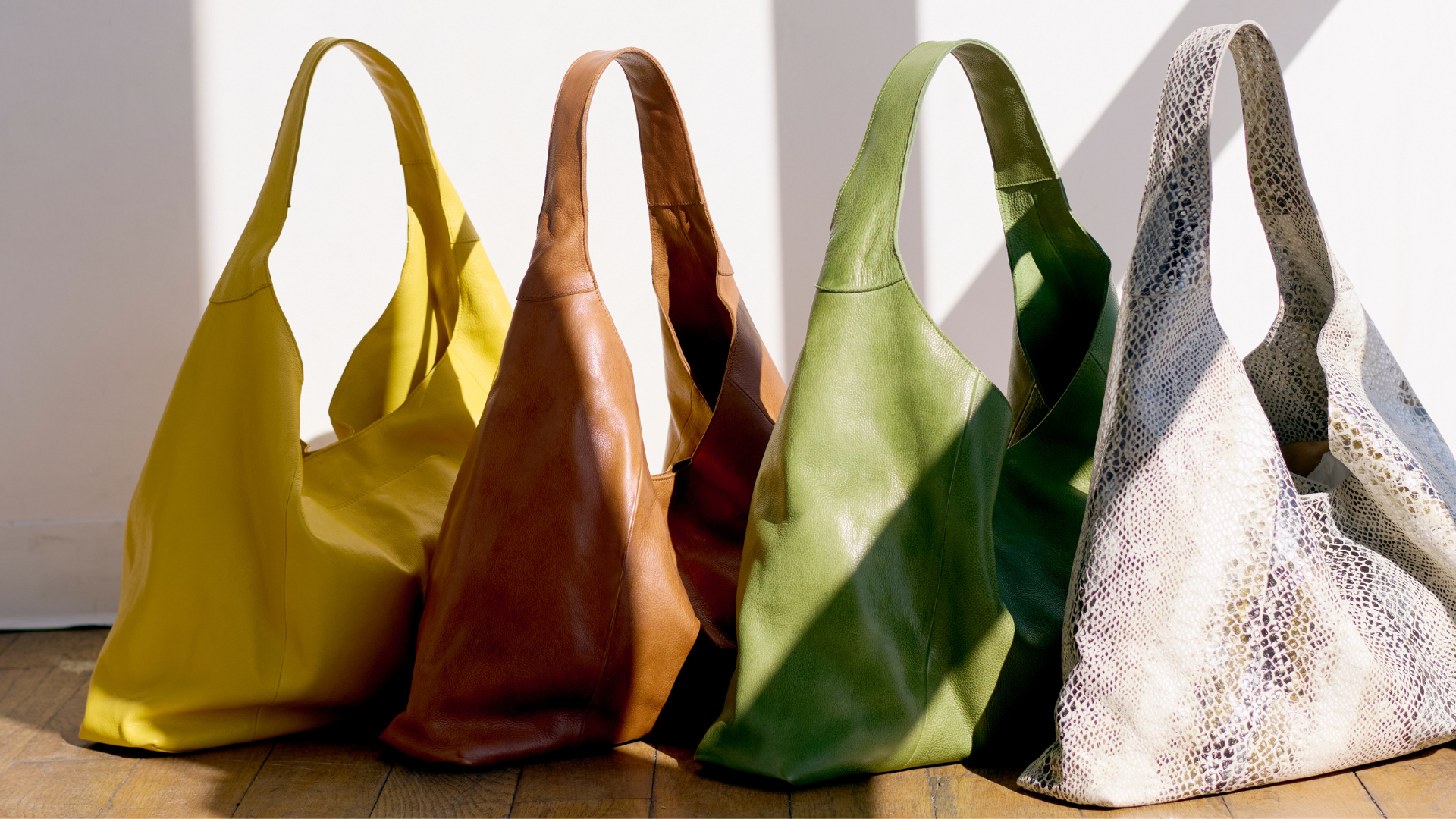
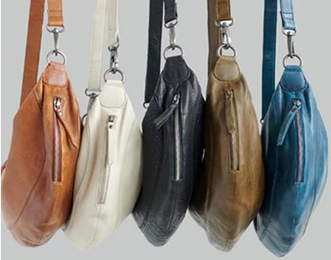
 Almond
Almond Orange
Orange Red
Red White
White Brown
Brown Black
Black Moss
Moss Cognac
Cognac Grass
Grass Grey
Grey aubergine
aubergine Ballet Slipper
Ballet Slipper Desert Trail
Desert Trail Cobra
Cobra Camel
Camel Blush
Blush
